As a fastening products manufacturer, YKK's ultimate challenge is to develop a universal design zipper that can be used easily by anyone. However, when considering the idea of universal design, there is a tendency to make ease of use the priority, with fashion considerations taking a back seat.
Working together with Co-Co Life, we provided product details and samples of universal designs developed by YKK to persons with disabilities, designers (including those who specialize in universal design), fashion and accessories experts, and occupational therapists, and held a symposium to discuss ideas for their effective and fashionable use.
As participants shared their views about the fastening products, a new kind of synergy emerged. We hope to use this synergy to propose new universal fashions that will enable more people than ever to enjoy the world of fashion.
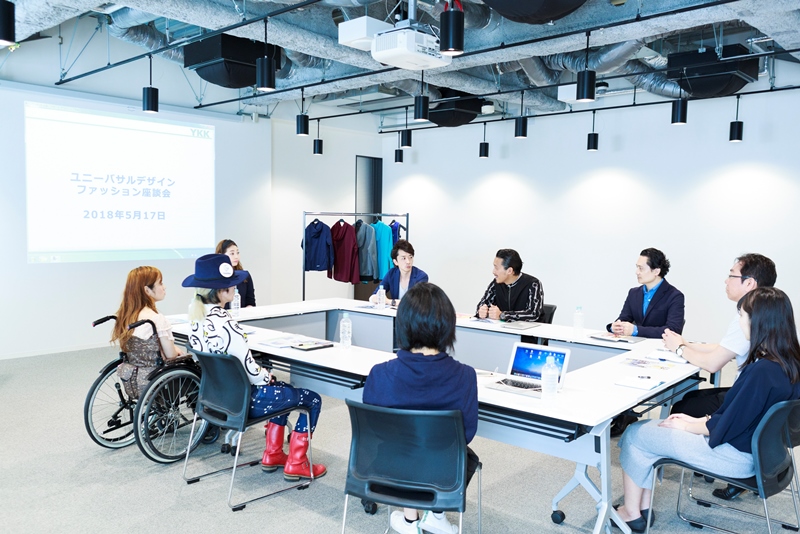
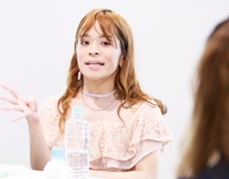 Shiori Hayashi, Representing users with disabilities
Shiori Hayashi, Representing users with disabilities
Cerebral palsy sufferer and wheelchair user
Co-Co Life Talent Studio, ☆Girl’s Division
"I've been aware of fashions for wheelchair users, but I've never worn such clothes myself. I don't find any of them very fashionable."
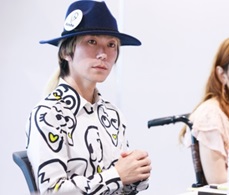 Takafumi Tsuruta, Designer, tenbo
Takafumi Tsuruta, Designer, tenbo
"If the clothing makes you feel stressed, then it doesn't count as fashion. I think what's important is how much you can minimize that stress with the textile parts available.”
If you narrow your target, then of course fewer people will use your design. I wonder how far I can go toward making something appeal to everyone."
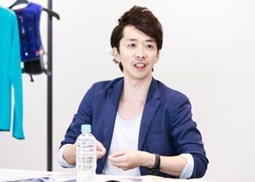 Ken Yamaguchi, Occupational therapist, Airi Hospital
Ken Yamaguchi, Occupational therapist, Airi Hospital
President, Senjumiraikai SeArch
"In the welfare field, a big issue is shoes for seniors. If you take standard brown shoes and make them a bit more fashionable, I think you can encourage the wearer to venture outside. When people step out of the hospital or facility, they become more connected to society."
 Yuto Doya, Director, CLOUDY
Yuto Doya, Director, CLOUDY
"When you start with a category such as 'for people with disabilities' or 'for people in wheelchairs', the field is going to be very narrow. I want such worldview boundaries to disappear. Beyond that, today I learned about design sense and limits on variation.”
 Ai Yamano, Representing users with disabilities
Ai Yamano, Representing users with disabilities
Co-Co Life ☆Girl's Division Writer/Speech-language-hearing therapist
"After suffering my disability, I started to hate zippers and shoe laces. Something may look fashionable and I'd want to wear it, but I'd hate it, too. I can never close zippers when I'm in a hurry, so I just leave them open or get someone else to do it for me."
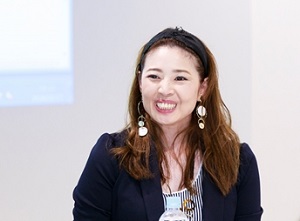 Eri Umetsu, Systemic lupus erythematosus
Eri Umetsu, Systemic lupus erythematosus
(SLE) sufferer and wheelchair user
Co-Co Life Talent Studio, ☆Girl's Division
"In a venue like this, I want to say exactly what we wheelchair users want, instead of settling for what we are given, and giving up on or compromising on features we want.”
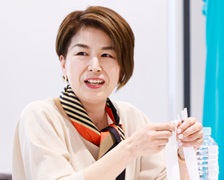 Aya Suzuki, Designer, Atelier Esprit Robe
Aya Suzuki, Designer, Atelier Esprit Robe
"I was surprised when I received the samples. These products would take some getting use to, but after using them just a few times, I started thinking such zippers should be on everything."
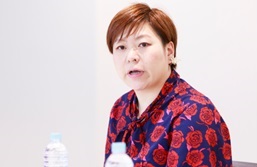 Michiko Adachi, Bunka Fashion College, Bunka Research Lab
Michiko Adachi, Bunka Fashion College, Bunka Research Lab
for Style and Function of Fashion
"I think difficulty of closing zipper is because you must hold one side of the zipper. It seems to get stuck easily when the material is soft. It would be a good idea if you don't have to hold one side of the zipper when pulling the zipper up. ”
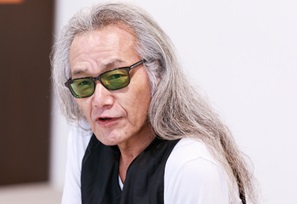 Kazuki Fujii, Designer, bajra
Kazuki Fujii, Designer, bajra
"The main issue of zipper is holding it down [when closing the zipper]. It's a difficult problem to solve with the zipper alone. How do you solve it? If you don't think about that together with the design, I don't think you'll find a solution."
Affiliation and titles are as of May 2018.